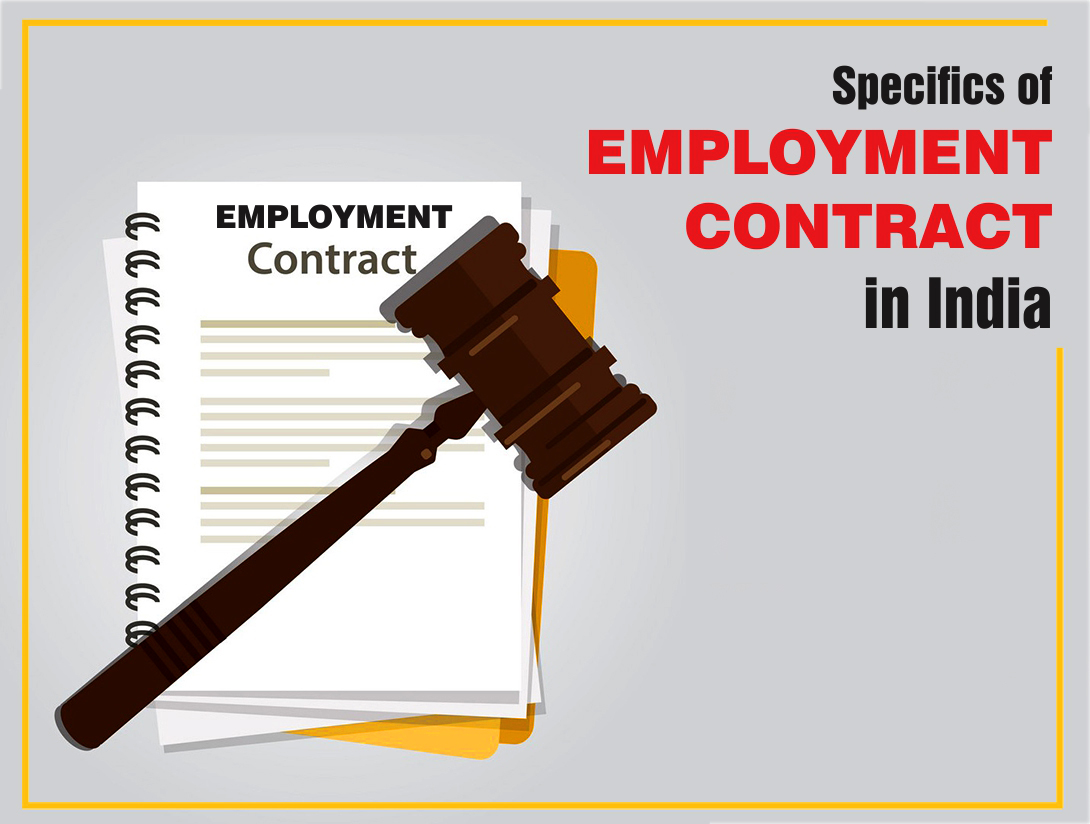Strategic Employment Contracts: Drafting Success for Businesses


Crafting Success: The Art of Employment Contract Drafting
Employment contract drafting is a crucial aspect of human resource management and business operations. A well-drafted employment contract not only protects the interests of both employers and employees but also sets the foundation for a positive and transparent working relationship. In this article, we explore the key elements and strategies involved in the art of employment contract drafting.
To delve deeper into the nuances of employment contract drafting, consider exploring resources such as Employment Contract Drafting. This platform provides valuable insights and guidance for businesses seeking to refine their employment contract practices and foster a harmonious work environment.
Clarity in Terms and Conditions
The foundation of any employment contract lies in the clarity of its terms and conditions. From job responsibilities to compensation structures, a well-drafted contract leaves no room for ambiguity. Clear and precise language ensures that both parties understand their rights, obligations, and expectations from the outset.
Defining Employment Relationship
An employment contract should explicitly define the nature of the employment relationship. Whether the position is full-time, part-time, temporary, or permanent, specifying the employment status helps manage expectations and ensures compliance with labor laws and regulations.
Detailed Job Descriptions
A robust employment contract includes detailed job descriptions outlining the responsibilities and duties expected of the employee. This clarity not only helps employees understand their roles but also provides a reference point for performance evaluations and expectations.
Compensation and Benefits Structure
Clearly outlining the compensation and benefits structure is paramount in avoiding disputes and misunderstandings. This includes detailing salary, bonuses, benefits such as healthcare and retirement plans, and any additional perks or allowances. A transparent compensation structure contributes to employee satisfaction and retention.
Terms of Employment
The employment contract should specify the terms of employment, including the start date, working hours, and any probationary periods. Clearly communicating these terms helps both parties plan and adhere to the agreed-upon schedule and conditions.
Confidentiality and Non-Compete Clauses
To protect business interests, employment contracts often include clauses related to confidentiality and non-compete agreements. Clearly defining what information is considered confidential and the limitations on employees’ post-employment activities helps safeguard the company’s intellectual property and trade secrets.
Termination and Severance Terms
Inevitably, employment relationships may come to an end. Including clear termination and severance terms in the contract helps manage expectations during such circumstances. This includes notice periods, severance packages, and the conditions under which termination can occur.
Dispute Resolution Mechanisms
Anticipating potential conflicts and incorporating dispute resolution mechanisms in the employment contract is a proactive approach. Whether through arbitration or mediation, having a clear process for resolving disputes can save both parties time and resources in the event of disagreements.
Compliance with Legal Standards
A well-drafted employment contract ensures compliance with local labor laws and regulations. Staying abreast of legal standards and incorporating them into the contract protects the employer from legal challenges and upholds the rights of the employee.
Continuous Review and Updates
The business landscape evolves, and employment contracts should evolve with it. Regularly reviewing and updating employment contracts ensures that they remain aligned with changing business needs, industry standards, and legal requirements. This proactive approach minimizes the risk of outdated or non-compliant contracts.
Conclusion
Crafting successful employment contracts requires a strategic and detail-oriented approach. From clarity in terms and conditions to defining the employment relationship, each element plays a crucial role in fostering a positive and transparent working environment. By incorporating these strategies into employment contract drafting practices, businesses can establish strong foundations for employer-employee relationships, contributing to organizational success and employee satisfaction.







